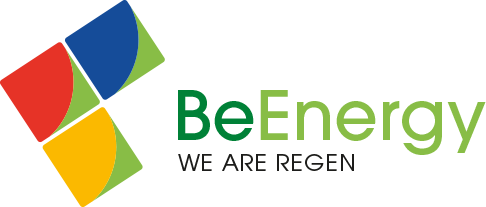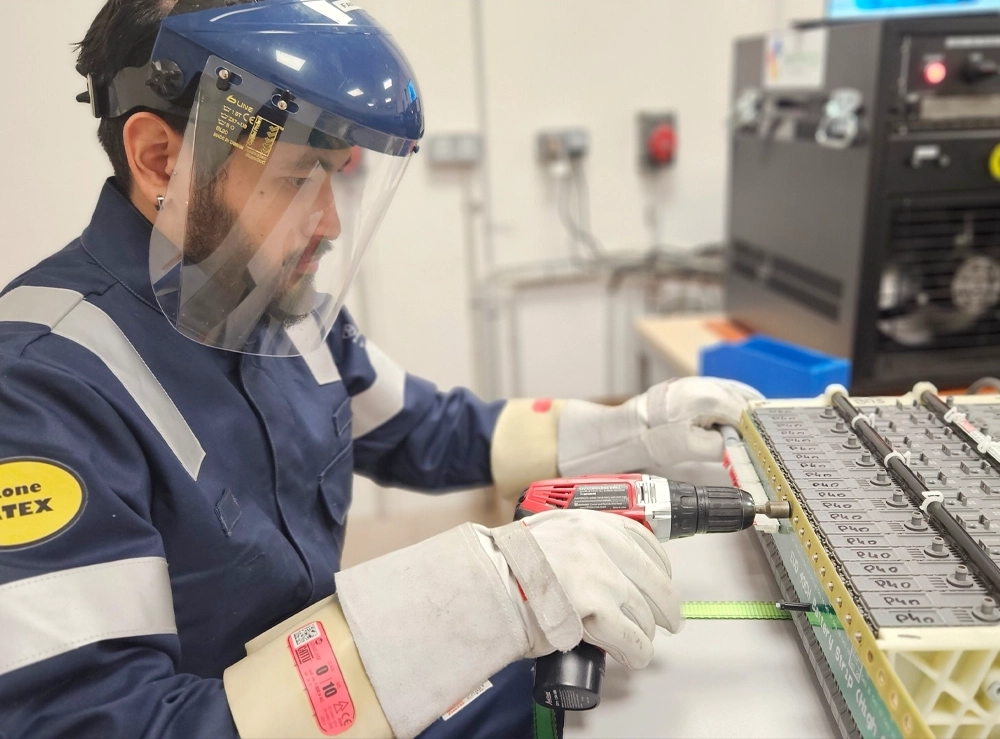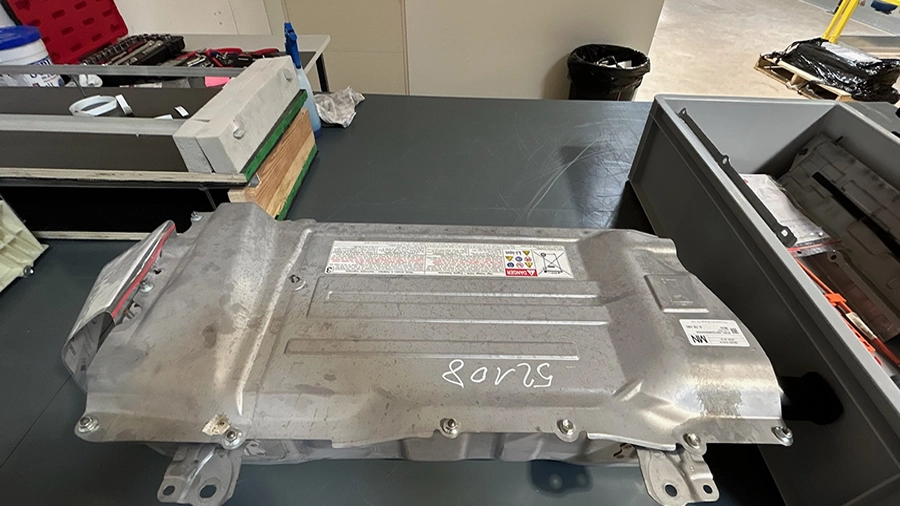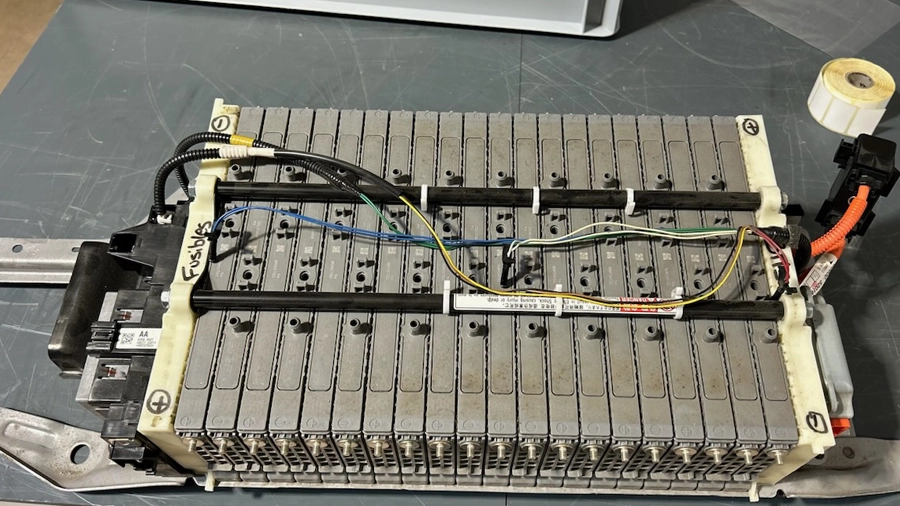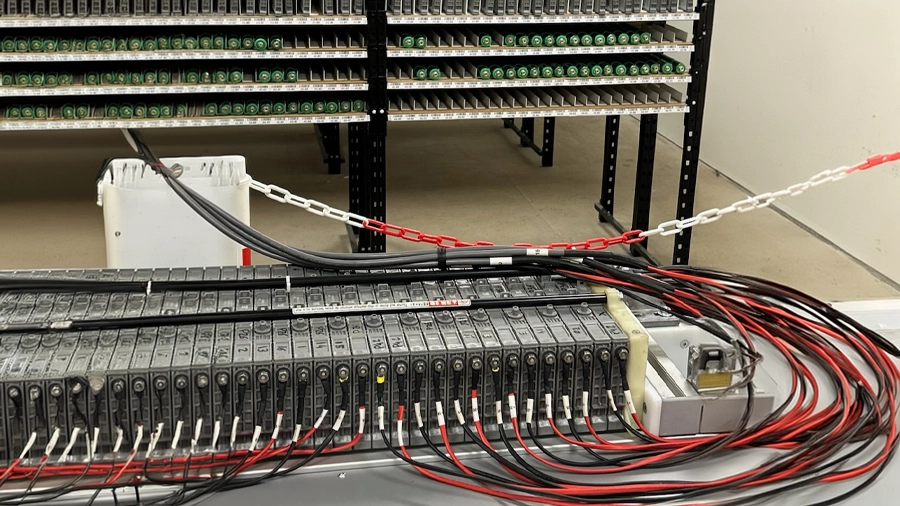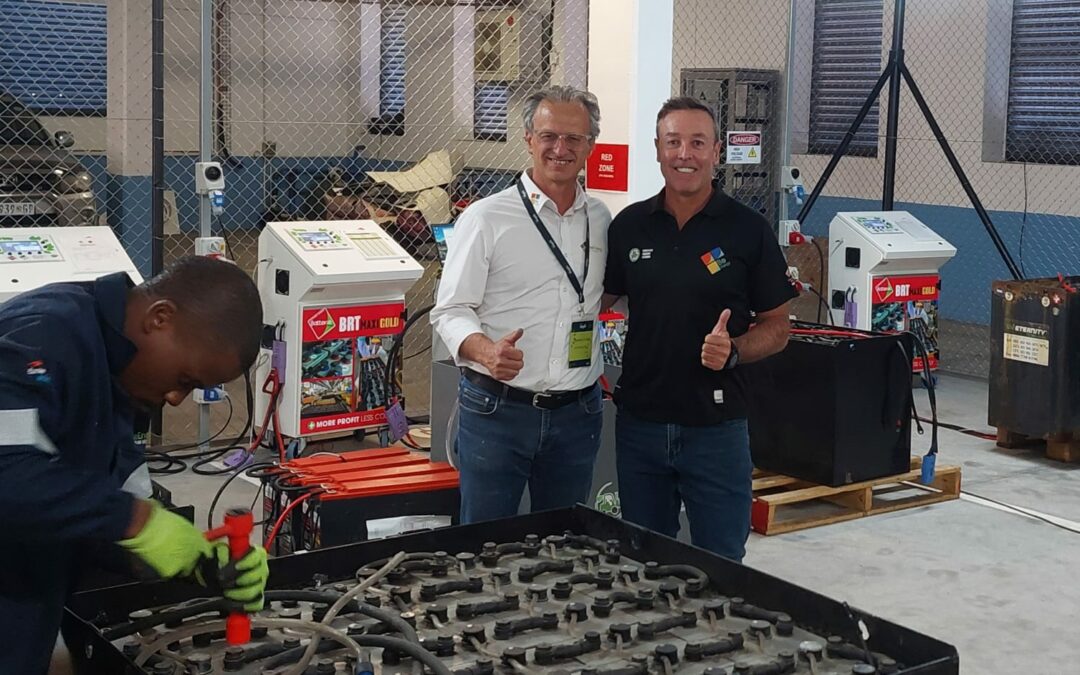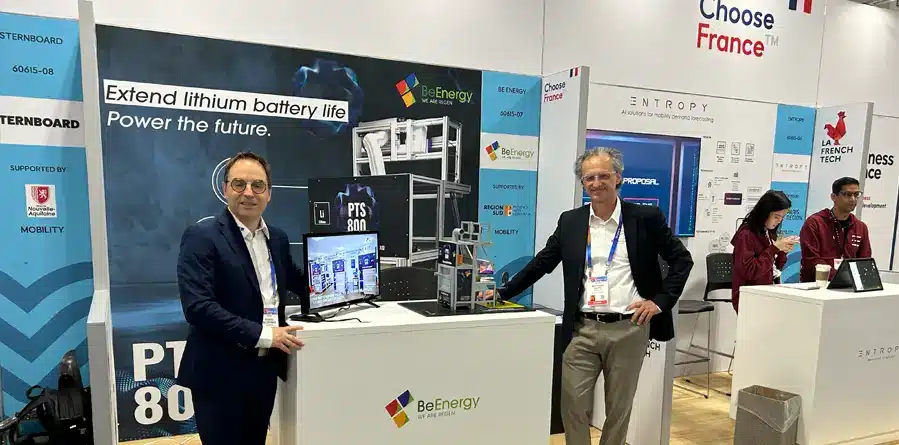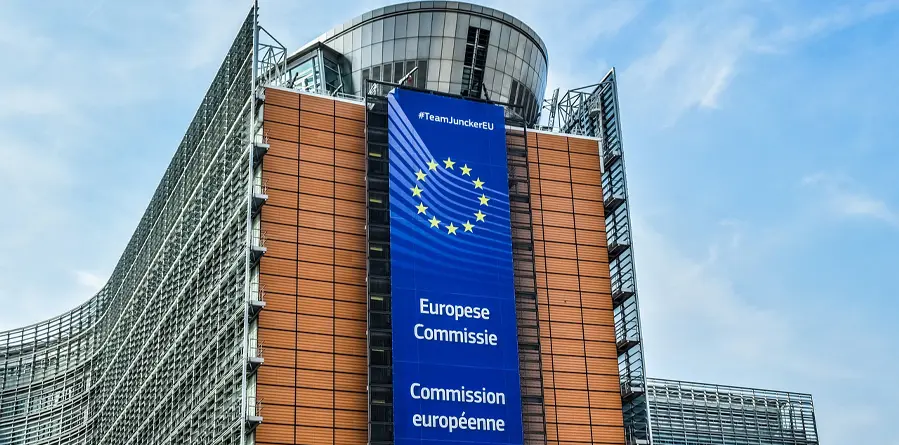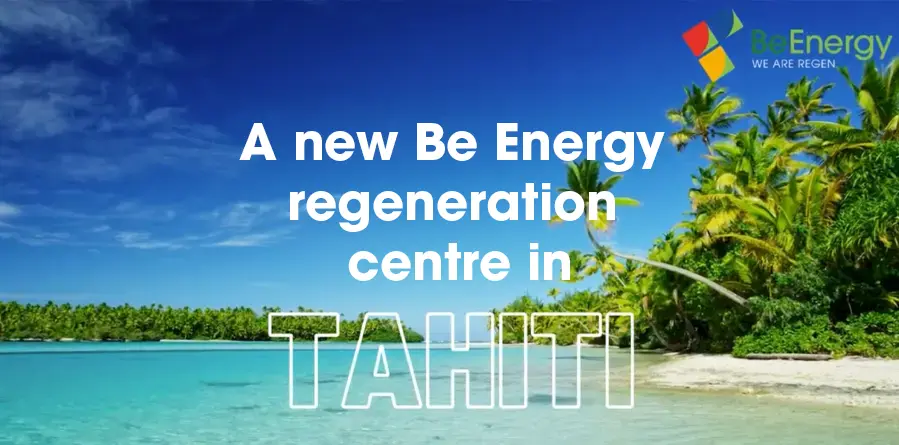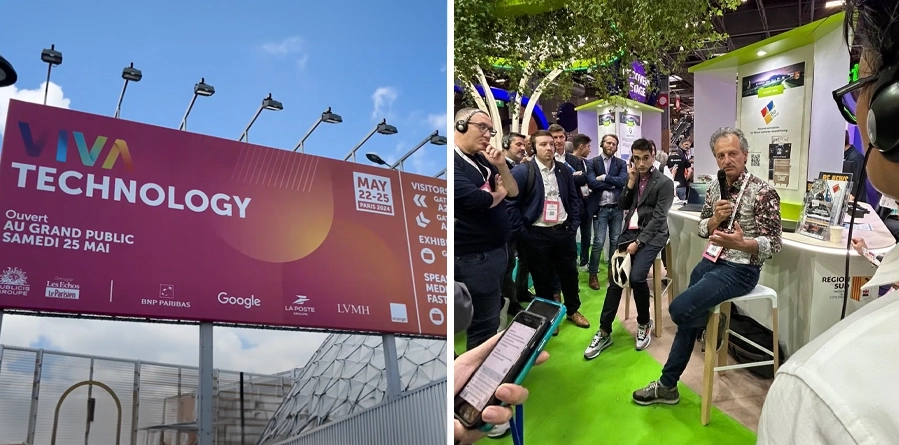Hybrid mobility, the spearhead of the ecological transition, relies partly on NiMH batteries. While their management represents a real challenge, Be Energy, an innovative French company and winner of ADEME’s prestigious i-Nov competition in 2021, is providing a revolutionary solution with its regeneration technology, positioning itself at the forefront of the sustainability race in the hybrid vehicle sector.
Challenges of self-charging hybrid mobility
NiMH batteries are essential for hybrid vehicles, which contribute to a significant reduction in fuel consumption and CO2 emissions. Popular models such as the Toyota Prius Prime, the Hyundai Ioniq Plug-in and the Kia Niro Plug-in, to name but a few, depend on these batteries for their performance and durability.
The two types of battery used in hybrid vehicles
Hybrid vehicles use two main types of battery: Nickel-Metal Hydride (NiMH) and Lithium-ion (Li-ion).
Nickel-Metal Hydride (NiMH) batteries
These batteries, which were very popular in the early 2000s, have long been used in hybrid vehicles. They are economical and offer good energy capacity, but their energy density is lower than that of lithium-ion batteries. They are therefore less suited to rechargeable hybrid vehicles, which require greater range in all-electric mode.
Lithium-ion (Li-ion) batteries
These batteries are becoming increasingly common in recent hybrid vehicles, particularly rechargeable hybrids. They offer high energy density, which means they can store more energy in a given volume. As a result, they increase electric range and reduce vehicle weight. What’s more, they discharge less quickly than NiMH batteries.
Hybrid battery limitations
When a hybrid battery fails, we generally observe :
- A significant increase in fuel consumption: The vehicle will no longer be able to benefit from electric assistance, resulting in greater use of the internal combustion engine and therefore higher fuel consumption.
- A loss of performance: Acceleration will be less lively and the vehicle may seem less powerful.
- Warning lights come on: The dashboard generally indicates a problem with the hybrid system.
- It should also be noted that driving with a faulty hybrid battery can lead to other problems. For example, it can damage other components in the hybrid system and shorten the life of the combustion engine.
It’s also worth mentioning that driving with a faulty hybrid battery can lead to other problems. For example, it can damage other components in the hybrid system and shorten the life of the combustion engine.
If you notice an increase in fuel consumption or if warning lights come on, we recommend that you have your vehicle checked by a professional. He or she will be able to diagnose the exact cause of the problem and suggest the necessary repairs.
In France, around 1.3 million end-of-life vehicles are processed every year: a major challenge for the 1,700 or so ELV processing centres and 60 approved shredders!
Be Energy offers a proven and effective solution to these players, as well as to professionals and private individuals looking for economical and ecological solutions: NiMH battery regeneration.
Be Energy, committed to technological innovation
Faced with the challenges of using self-charging batteries, Be Energy has developed a patented technology that regenerates NiMH batteries. This innovative process can diagnose the state of each battery cell and restore its capacity, offering a sustainable alternative to replacement.
The many benefits of Be Energy technology
1 t of regenerated NiMH battery = 21 t of CO2 saved!
Be Energy technology offers significant environmental benefits. The proof: one tonne of NiMH battery, Be Energy saves 21 tonnes of CO2! This is a substantial reduction in the fight against climate change, and is in line with the global COPs and concerns about sustainable cities and mobility!
Economic impact
In economic terms, regenerating batteries is much cheaper than replacing them, and offers substantial savings for consumers and businesses. Be Energy’s solution also extends the lifespan of the batteries, optimising the initial investment.
Location and infrastructure
The Be Energy battery regeneration workshop in Avignon
Be Energy’s NiMH battery regeneration workshop in Avignon covers more than 200 m². The modular facility can store more than 1,000 prismatic or cylindrical cells, enabling us to meet our customers’ specific needs quickly and efficiently.
Flexibility and responsiveness
Thanks to this infrastructure, Be Energy offers remarkable flexibility and speed, while reducing costs for the end consumer. The storage and management system for regenerated cells ensures optimum organisation and tailor-made preparation of the batteries.
Strategic collaborations and partnerships
To make its technology accessible to as many people as possible, Be Energy is working with key partners, including REVOLTE e-Garages in Nantes, a specialist in hybrid vehicle batteries. In particular, this collaboration enables us to provide a high-quality battery regeneration service to customers throughout France.
Awards and future prospects
Be Energy’s innovation has been recognised by ADEME in the i-Nov 2021 competition, a distinction that underlines the importance and potential of this technology for the ecological transition and the circular economy.
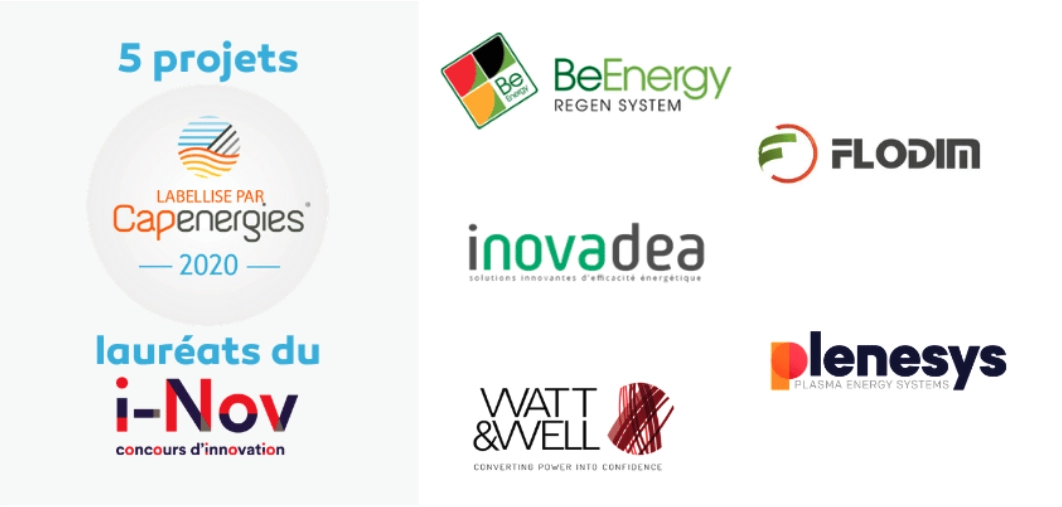
Looking to the future, Be Energy’s ambition is to continue to innovate and develop innovative sustainable solutions. Thanks to this commitment and a sustained R&D effort, the French company is positioning itself as a key player in the circular economy, with promising solutions for a greener, more responsible future.
